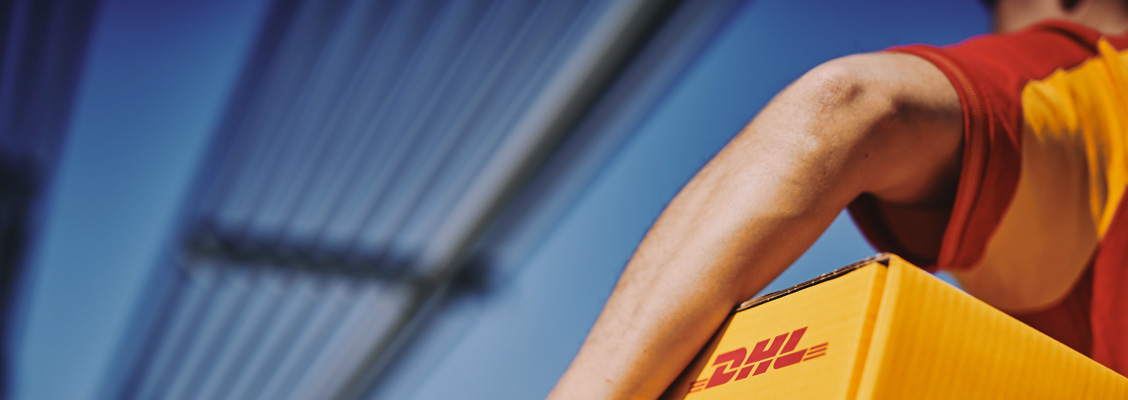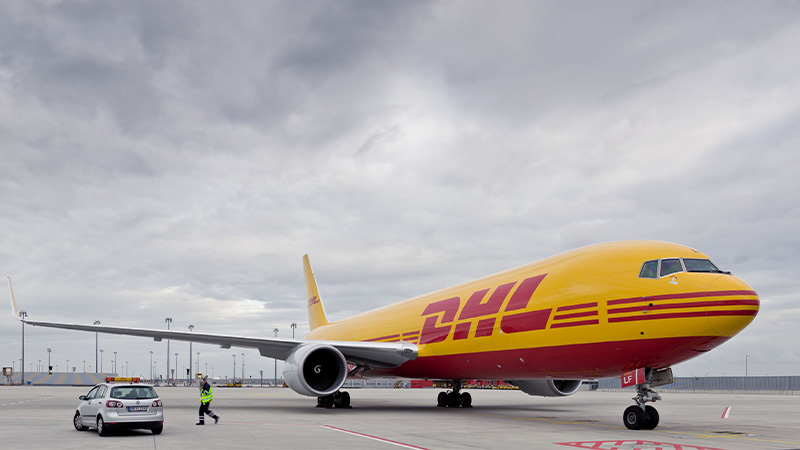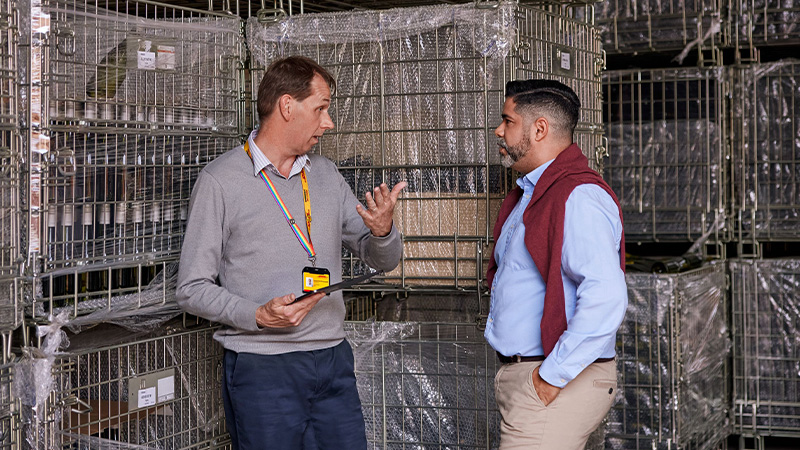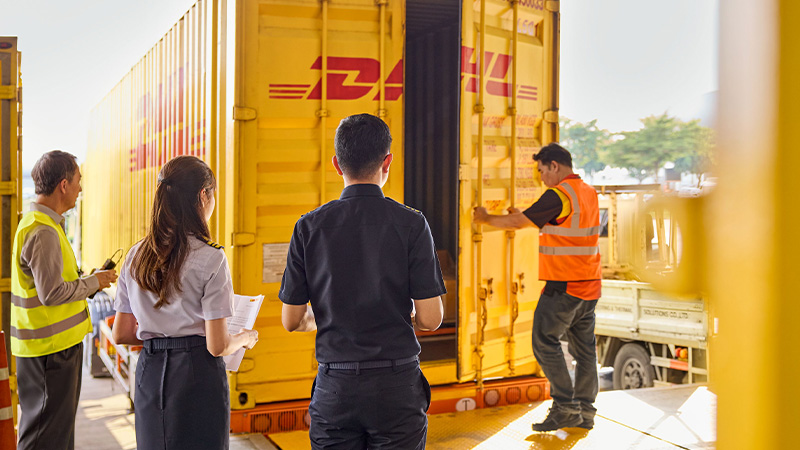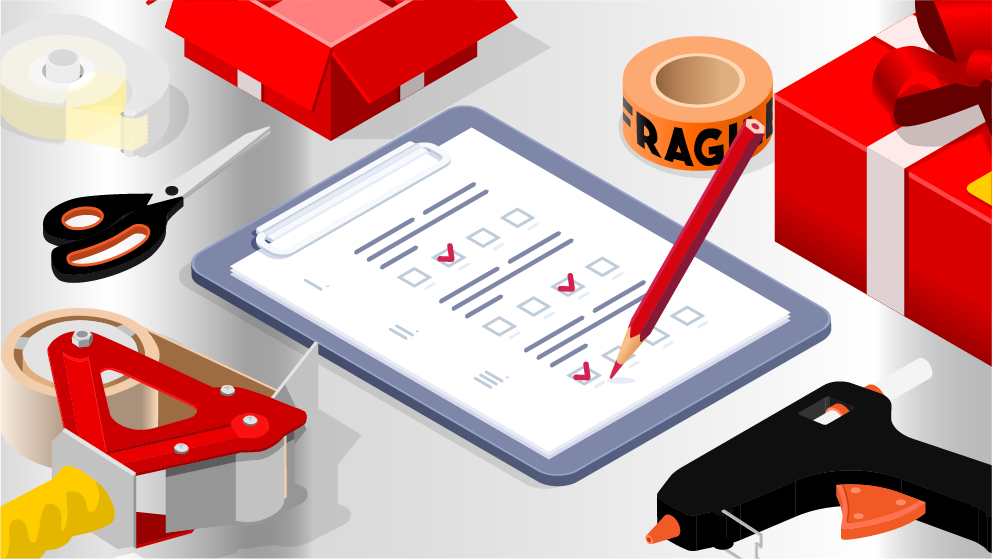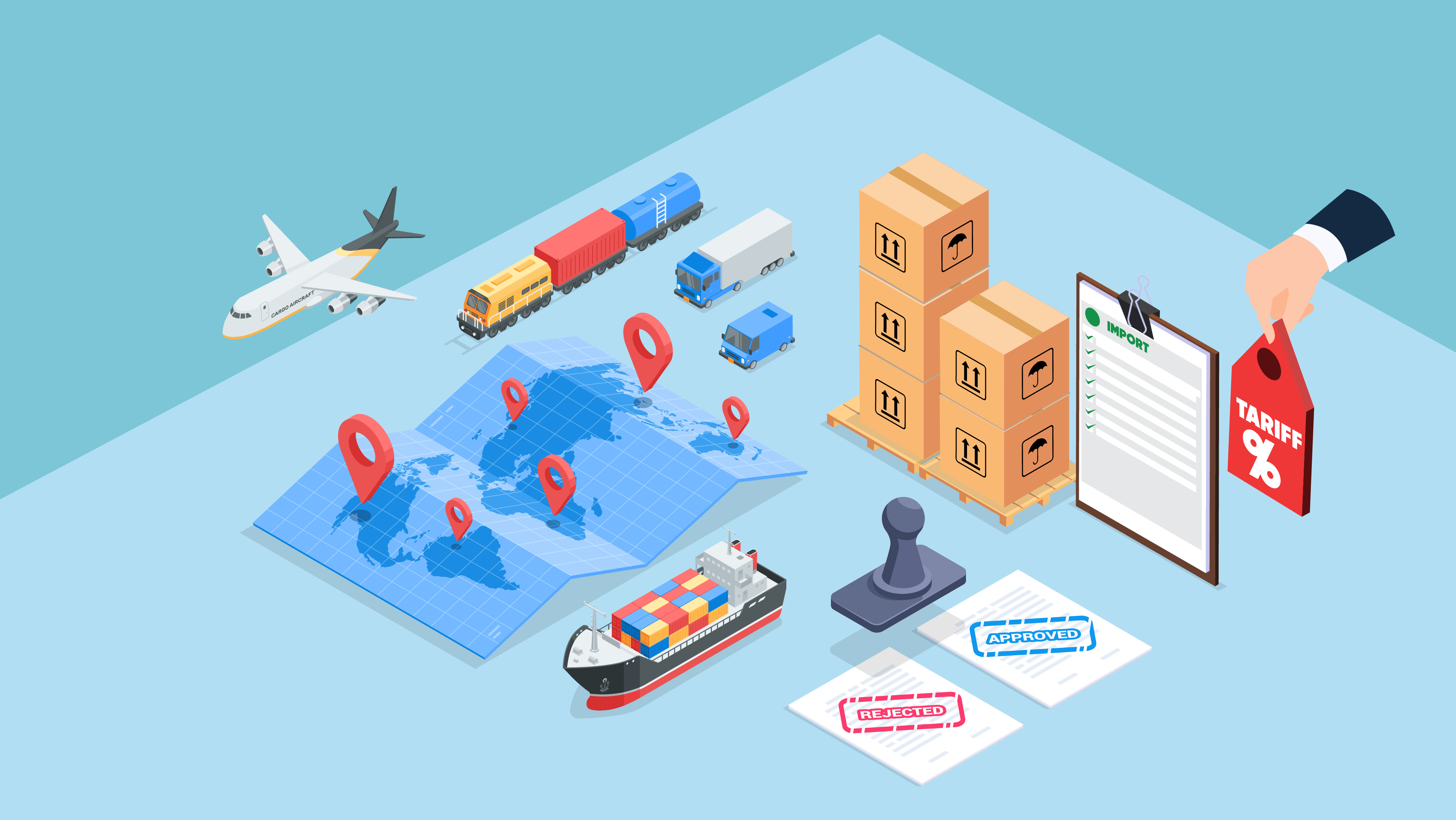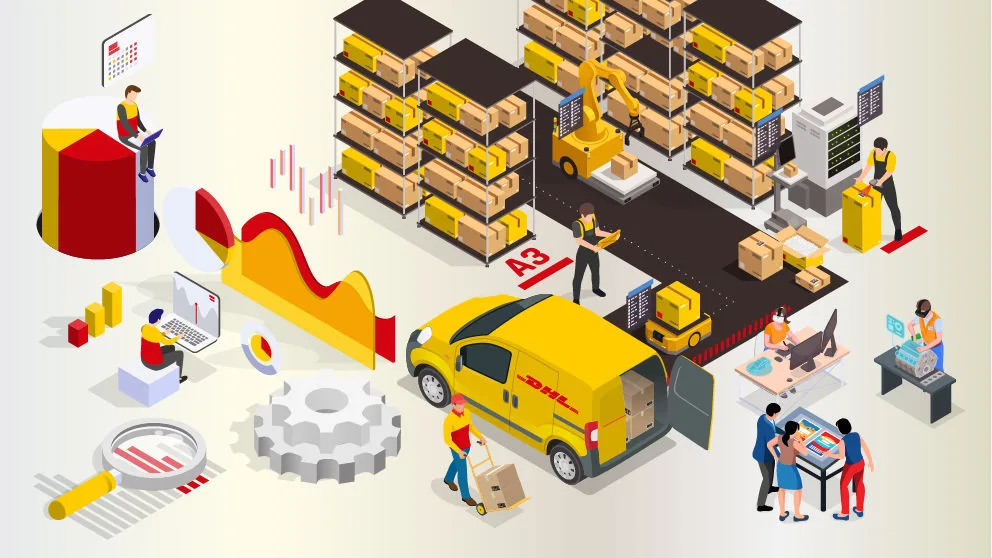What could this look like in practice?
Let’s say you’re a UK-based brand shipping fashion accessories to U.S. customers. Before, if the average order was under $800, you likely avoided duties altogether. Now, those same shipments will face duties, taxes and other import tariffs.
Or, if you're a Canadian skincare brand, your products might face different rates entirely. Tariffs vary by product type and country of origin, meaning businesses will need to factor in new costs based on where they’re shipping from and what they’re selling.
For e-commerce sellers and SMEs, the implications are clear:
- Pricing strategies may need to shift to reflect new duties, taxes, and the overall landed cost calculation.
- Shipping costs could rise, especially if customers don’t want to absorb the new fees.
- Customers could abandon their carts more often if duties and taxes aren’t communicated clearly at checkout.
That’s why smart planning is so important, and we’re here to help!
